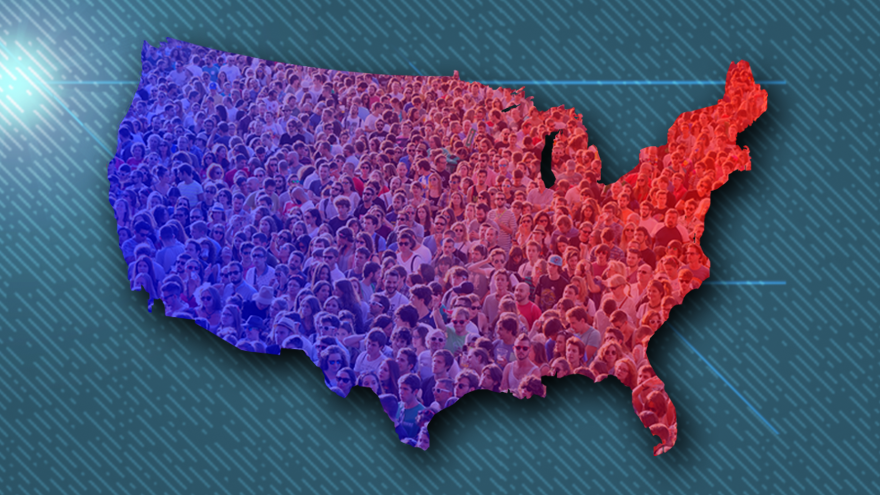A new study from the Center for Immigration Studies has found that 59 percent of green card and illegal immigrant households receive taxpayer-funded welfare services.
The study, published on Tuesday, additionally found that "54 percent of households headed by immigrants — naturalized citizens, legal residents, and illegal immigrants — used one or more major welfare program. This compares to 39 percent for U.S.-born households."
The organization's findings are based on U.S. Census Bureau data from the 2022 Survey of Income and Program Participation.
"Our best estimate is that 59 percent of households headed by illegal immigrants, also called the undocumented, use at least one major program. We have no evidence this is due to fraud. Among legal immigrants we estimate the rate is 52 percent," the organization wrote in the report on their findings.Compared to households headed by the U.S.-born, immigrant-headed households have especially high use of food programs (36 percent vs. 25 percent for the U.S.-born), Medicaid (37 percent vs. 25 percent for the U.S.-born), and the Earned Income Tax Credit (16 percent vs. 12 percent for the U.S.-born).
"The presence of extended family or unrelated individuals does not explain immigrants’ higher welfare use, as the vast majority of immigrant households are nuclear families. Further, of immigrant households comprised of only a nuclear family, 49 percent use the welfare system compared to 35 percent of nuclear family U.S.-born households," the report continued.
The organization also determined that the high welfare use of immigrant households is "not explained by an unwillingness to work. In fact, 83 percent of all immigrant households and 94 percent of illegal-headed households have at least one worker, compared to 73 percent of U.S.-born households."
Instead, they believe that the significant use of welfare is partly due to a higher share of modest education levels and, therefore, lower incomes. Another factor they found is that there is a greater percentage of immigrant households with children.
The Center for Immigration Studies explained:Most new legal immigrants are barred from most programs, as are illegal immigrants, but this has a modest impact primarily because: 1) Immigrants can receive benefits on behalf of U.S.-born children; 2) the bar does not apply to all programs, nor does it apply to non-citizen children in some cases; 3) most legal immigrants have lived here long enough to qualify for welfare; 4) some states provide welfare to otherwise ineligible immigrants on their own; 5) by naturalizing, immigrants gain full welfare eligibility.
"The vast majority of these children are U.S.-born with full welfare eligibility," the report states. "Many immigrants come to America and work, have children, and then struggle to support them and turn to taxpayers and the welfare system for assistance. Somewhat surprisingly, we also find that immigrant higher-income, better-educated, and childless households are all more likely to use welfare than their U.S.-born counterparts. It is not entirely clear why this is the case. There is research showing that foreign-educated immigrants tend to be significantly less skilled as measured by standardized tests and typically earn less than immigrants educated in the United States or natives with the same education level. This could help explain why households headed by better educated immigrants have higher welfare use than households headed by natives with the same education level. But it would not explain why childless or higher-income immigrant households use more welfare than their U.S.-born counterparts."
The report explained that this is significant not just because of the strain on public coffers but also because it shows many illegal immigrants are struggling in the United States.

